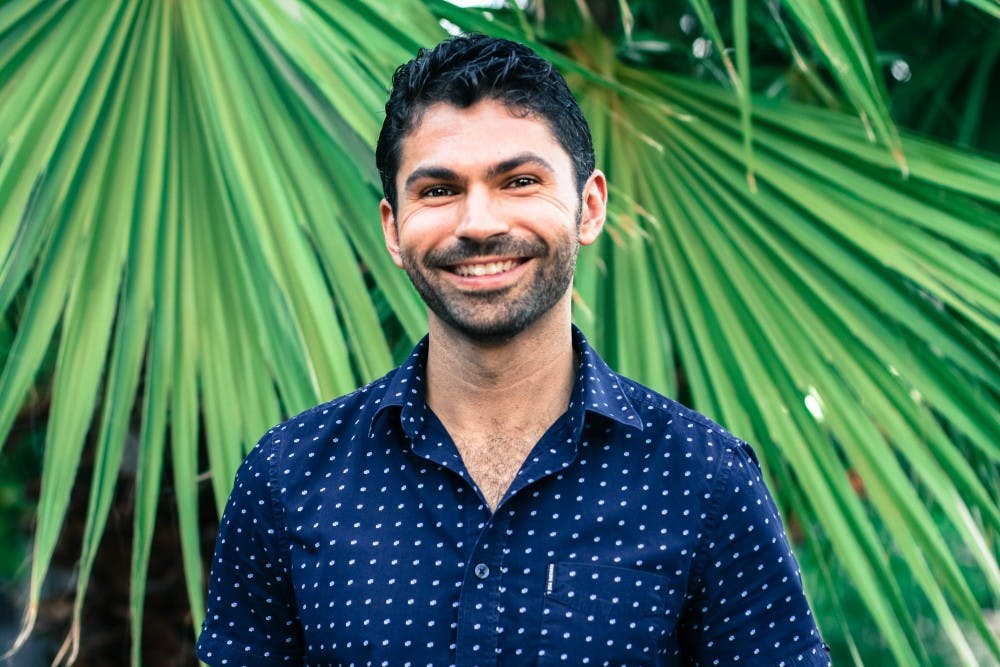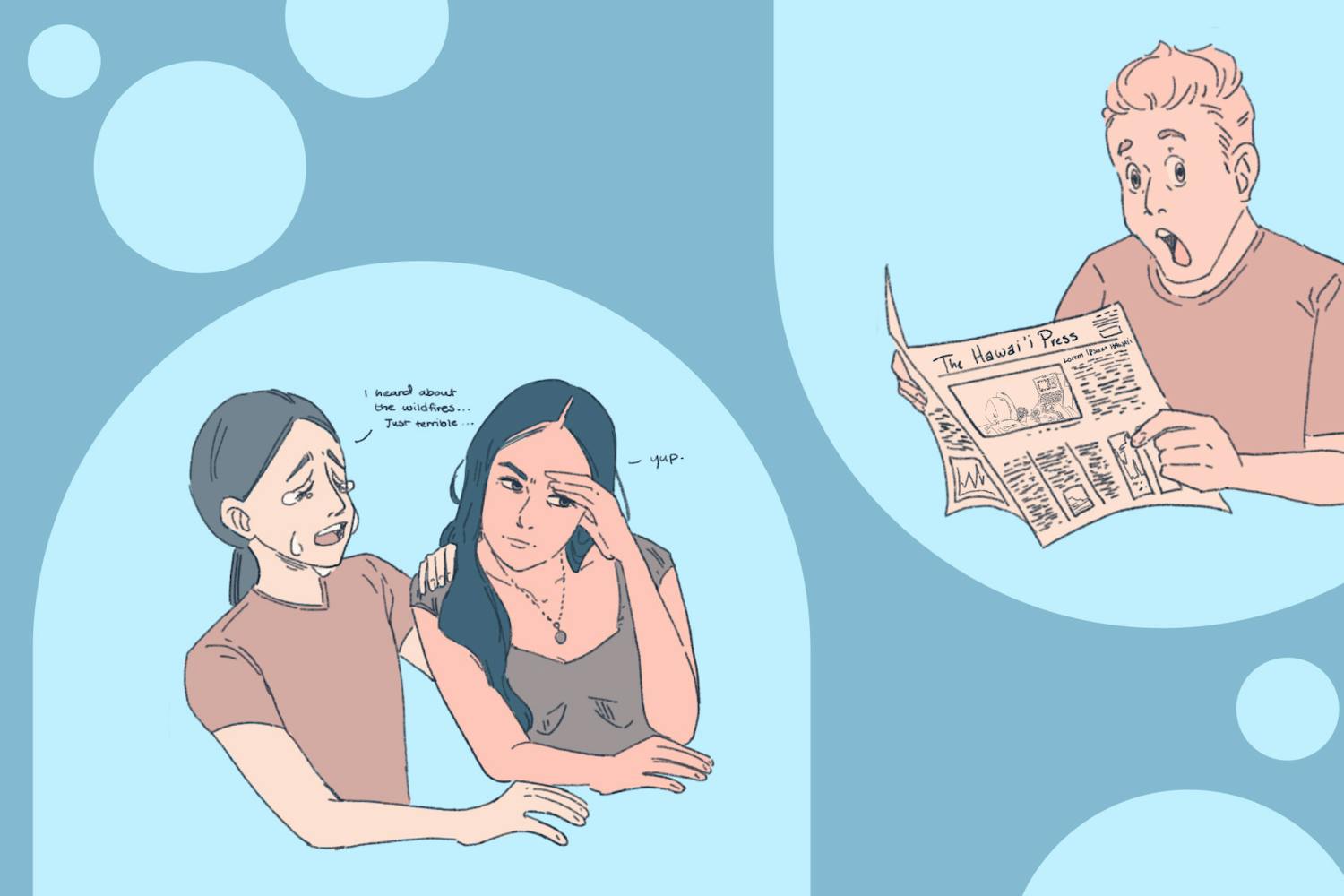Ten years ago this fall, Arizona State University’s downtown campus opened its doors for the first time and with it, the image - and residential composition - of downtown Phoenix’s core changed drastically. The city is making improvements to become more urban, and more friendly to a younger generation, but those changes are coming too slowly for local urban living advocates.
One of these advocates is architect and ASU alumnus Ryan Tempest who, after living in the Valley for nine years, has quickly become one of downtown Phoenix’s most eager and prominent voices for a dramatic shift toward urban living and architecture. He and his fiance, Quinn Whissen, formed their own downtown Phoenix advocacy group called This Could Be PHX.
This Could Be PHX in its own words, is “a community engagement and urban awareness group with a love for downtown Phoenix.” Their goal is to “envision, engage and inspire” people in downtown Phoenix to talk about urban living and gain more awareness for the benefits this type of living presents. They strive to “provide a creative platform for the community to envision the city we all want and start a constructive discussion in order to plant the seeds of our future.” The group holds community events that aren’t about networking or panel discussions, but rather about getting like-minded people in the same room to get them talking.
“Studying architecture ignited my interest in urban living, and soon, I was traveling to cities like San Francisco, New York, Chicago, Portland, Denver, Austin and more,” Tempest says. “In all these places, I found an energy that I never had known growing up in the suburbs.”
Tempest grew up in suburban Michigan. In the cold winter of 2003, he enrolled in a drafting class at a community college back home. That's where he stumbled in on a conversation that would change his life.
“I found my teacher discussing Arizona State University with another student. He was telling him that he had gone to school there and how great the weather was,” the 32-year-old says. “Palm trees and 300 days of sun started to sound quite nice in the midst of the freezing cold temps in Michigan. So, I decided right then and there that I was going to go to ASU."
After surprising his parents with the news, they all took a trip out to the Southwest to check out the Tempe campus, and that was that. Tempest enrolled in a summer class and had a new place to call home.
“When I got to ASU and started studying architecture, I quickly realized that the suburbs that I was raised in — the strip malls and cookie-cutter homes — were actually the antithesis to the architecture that I aspired to create,” Tempest says.
After graduating in 2007 with a Bachelors of Science in Design Architectural Studies, Tempest moved to downtown Phoenix. He says he enjoyed being one of the few people who knew the “coolness” of what was happening around him while others still thought of downtown as empty and boring.
“I watched as the (Metro) light rail was built right outside of my studio apartment in Roosevelt Square,” Tempest says. “My friends and I walked and biked to the bars, restaurants, farmer’s market and baseball games. I rode the light rail to work. All in all, I enjoyed the urban environment but was looking for a little more.”
That “little more” he was looking for was community groups — people like himself who saw all the potential of downtown Phoenix and wanted to help cultivate it.
Tempest attributes people like Cindy Dach, Greg Esser, Jim McPherson and Jenny Poon as people who inspired him to think differently about Phoenix. All four are fellow downtown Phoenix advocates who own their own businesses or participate in and promote the conversation about turning Phoenix into Arizona’s first urban landscape.
“They showed me how exciting it was for Phoenix was developing into a ‘real’ city,” Tempest says.
It was around this time that Tempest met his wife-to-be, Whissen, at Lux, a popular downtown coffee shop. The two immediately hit it off and are engaged to be married.
“I had the fortune of sitting next to a beautiful girl in Lux Coffee one day, striking up a conversation with her, and going out with her that night,” Tempest says. “Quinn and I have been together ever since, and with her, I’ve been able to share my passion for downtown Phoenix.”
A few months after Tempest and Whissen met, they decided to form TCBPHX. The two plan on marrying in March 2017 in downtown Phoenix's warehouse district. It's fitting, because it's what they're both so passionate about.
“We knew we wanted to be involved, we just weren’t sure how we wanted to be involved,” Tempest says. “Whether it was starting our own group or joining another one.”
Adam Mann, one of Tempest's oldest friends from back home in Michigan, says he is proud of his friend and what his advocacy group has been able to accomplish.
"I think TCBPHX is great for many reasons, with the two big ones being creating community and education," Mann says. "It brings people together and has created a solid community with a voice. It educates people, teaching them about good and not-so-good design."
As an architect, Tempest is always looking at vacant lots and empty buildings, and imagining what they could look like if they were just given more attention.
“For the first time I was excited, not about going to a developed city, but to stay here and create the city that I wanted to see,” Tempest says.
After living and working downtown for a few years, and after starting TCBPHX, Tempest started the group’s “envision projects.”
“If you can show people what the potential is instead of focusing on all the negative, people will start to see what downtown Phoenix could be,” Tempest says. “There were a few historic homes that were fenced off for years and years and I thought, ‘How cool would it be to do a rendering, show what it could look like without the fences up,’ turn it into a bookshop, a coffee shop, a restaurant.”
So that’s what he did. He had a huge banner printed out and hung on the fences to spark conversation in the neighborhood. Tempest and Whissen brainstormed other ways to get people talking about urban development downtown.
It worked. The two receive emails and messages every week from people who want to participate. And to think the whole journey began in a coffee shop.
“It all sort of ballooned kind of quickly,” Whissen says. “We were kind of surprised by how many people started following us and reading our content and it ended up being a larger platform than we ever expected.”
As downtown Phoenix gets more and more packed with people - in large part because of a growing number of ASU students - the urbanization of the area is definitely something to think about. It’s probably not going to happen easily or even quickly, but groups like this one who get the conversation going may be able to help move the progression along.
“Through (TCBPHX), I’ve met inspiring activists, gained new friends, collaborated with engaged community members, been involved in downtown decision making processes, invited to present at schools and more. TCBPHX has become a huge part of my life and who I am.” Tempest says.




